Two Civil War soldiers awarded Medal of Honor for Great Locomotive Chase
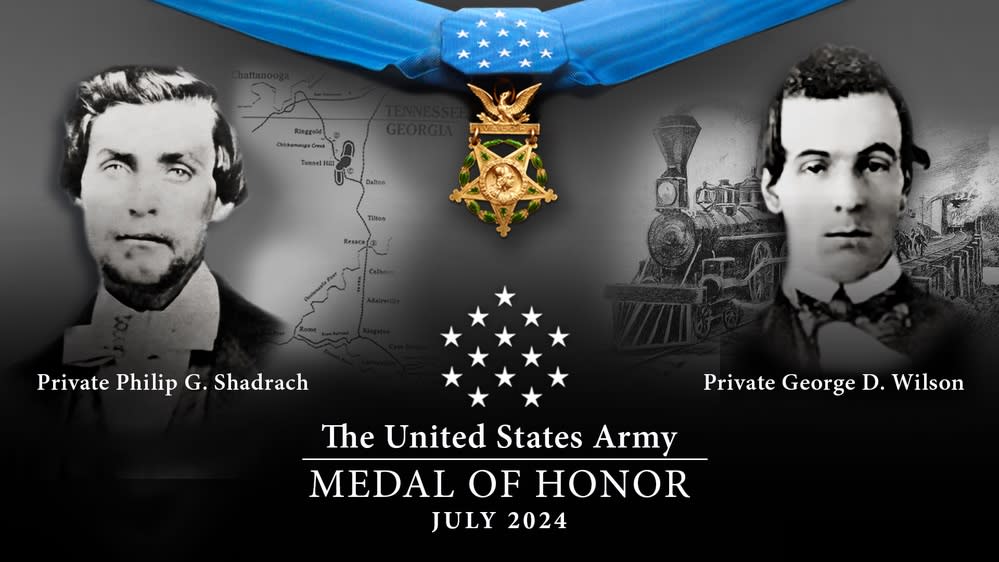
During the American Civil War, a group of 24 Union soldiers and civilians, known as Andrews’ Raiders, embarked on a daring mission to infiltrate the Confederate States and disrupt railway and communication lines from Georgia to Tennessee. The raiders were told little about their mission to maintain secrecy, but understood that success would deal a significant blow to the South while capture meant near-certain death. Of the 24 raiders who took part in the Great Locomotive Chase, 19 were awarded the Medal of Honor. 162 years after the mission, two Union soldiers were posthumously awarded the Medal of Honor, as well.
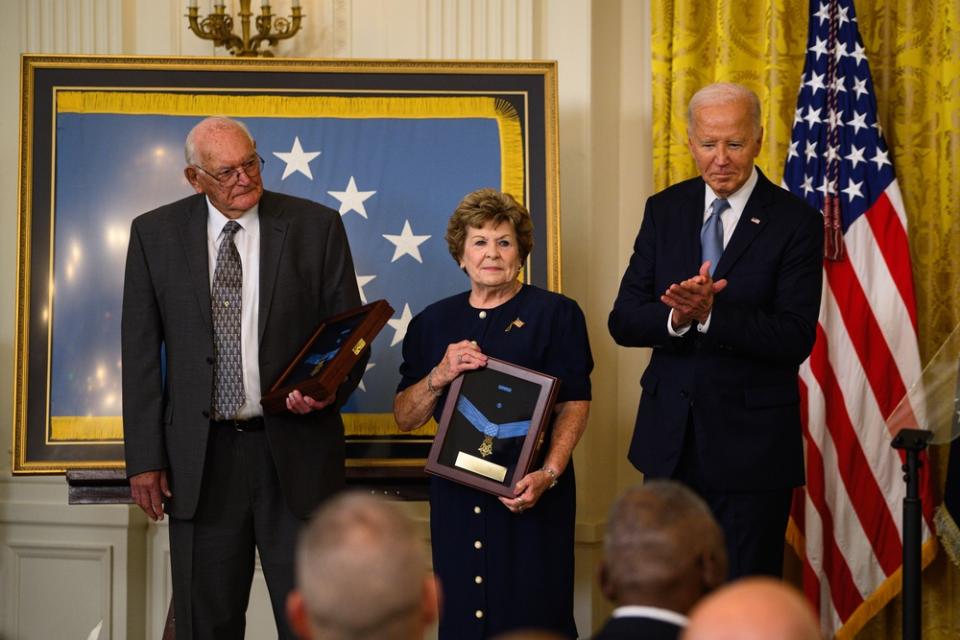
Only July 3, 2024, President Joe Biden presented the Medal of Honor to the oldest living relatives of Pvts. George D. Wilson and Phillip G. Shadrach at the White House. “I am humbled to have the opportunity to come and receive the Medal of Honor that was awarded to our relative,” said Gerald Taylor, Shadrach’s great-great-nephew, in an Army news release.
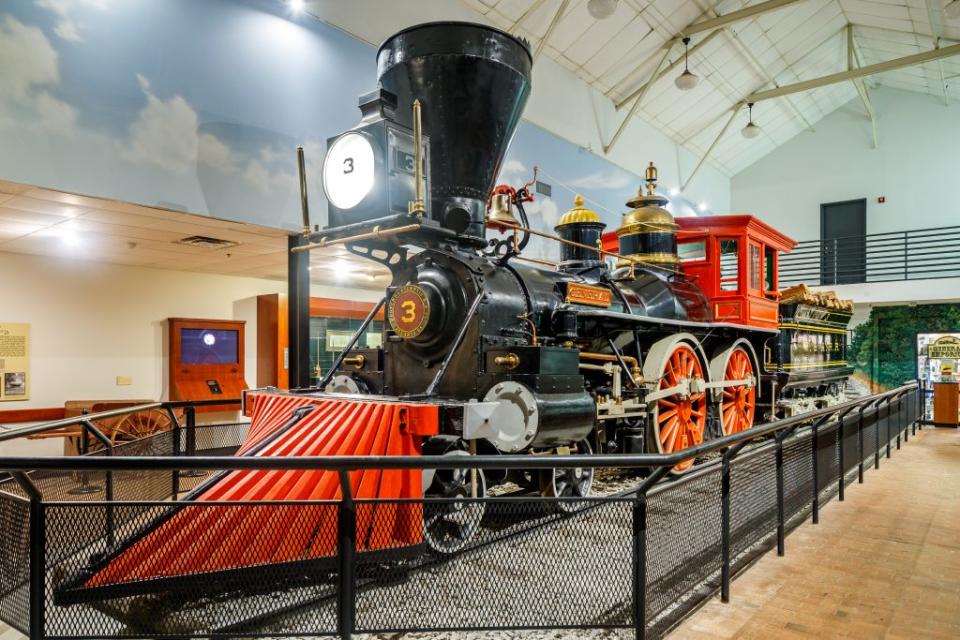
In April 1862, civilian spy James J. Andrews led the raiders hundreds of miles into the South. They traveled in small groups and wore civilian clothes to avoid suspicion, the latter of which made them all spies. Twenty-two raiders rendezvoused outside of Marietta, Georgia, in Big Shanty. There, they commandeered a locomotive named The General and set off north. Along the way, the raiders tore up the tracks behind them, cut telegraph lines, and tried to burn bridges.
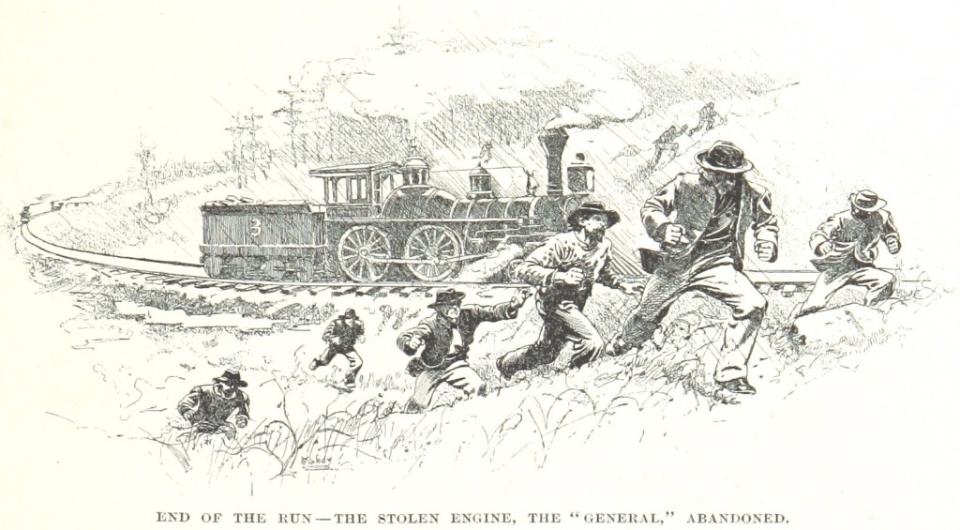
Confederate forces gave chase, first on foot and then by handcar and locomotive. Although Andrews’ Raiders had a head start, they were slowed by oncoming trains on the single-track rail. With fuel running low and enemy forces closing behind, the raiders abandoned the locomotive just 18 miles from their intended destination of Chattanooga, Tennessee. By then, thousands of Confederate soldiers and civilians were hunting for the raiders. After 12 days, all 22 men were captured. Andrews and seven soldiers, including Wilson and Shadrach, were tried and convicted as spies; the soldiers were executed on June 18, 1862.
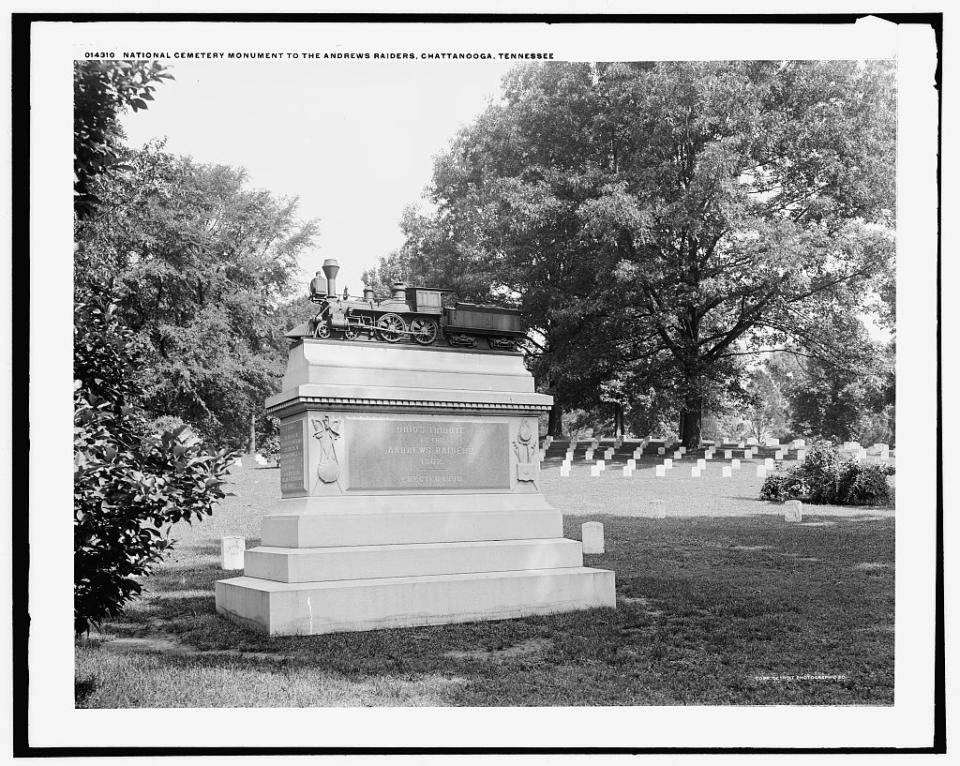
According to historical documents and the Army news release, Wilson addressed the Confederate crowd before he was executed. He reportedly said that he felt no hostility toward them and did not regret dying for his country because he knew the people would soon see the Union flag flying over them once again. “When I read that, I had chills,” said Theresa Chandler, Wilson’s great-great-granddaughter, in the Army news release. “It brought everything home, and you get so much more respect and appreciation for what they did and what they were fighting for.”
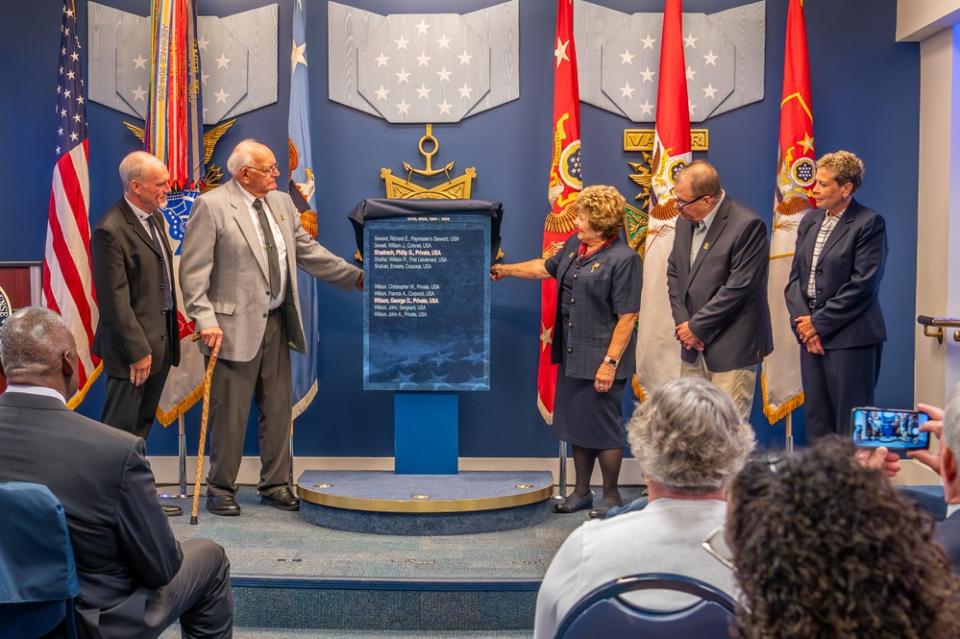
After the executions, the remaining imprisoned raiders staged an escape; only six were recaptured. In March 1863, these six men were released as part of a prisoner exchange. They were awarded the Medal of Honor, the first soldiers in U.S. Army history to receive the medal; the Medal of Honor was signed into law by President Abraham Lincoln less than a year earlier on July 12, 1862. The six recipients were also offered commissions as first lieutenants. In the following years, 13 other raiders were also awarded the Medal of Honor. Now, Wilson and Shadrach of the 2nd Ohio Volunteer Infantry Regiment join their fellow raiders as recipients of the nation’s highest military award.

